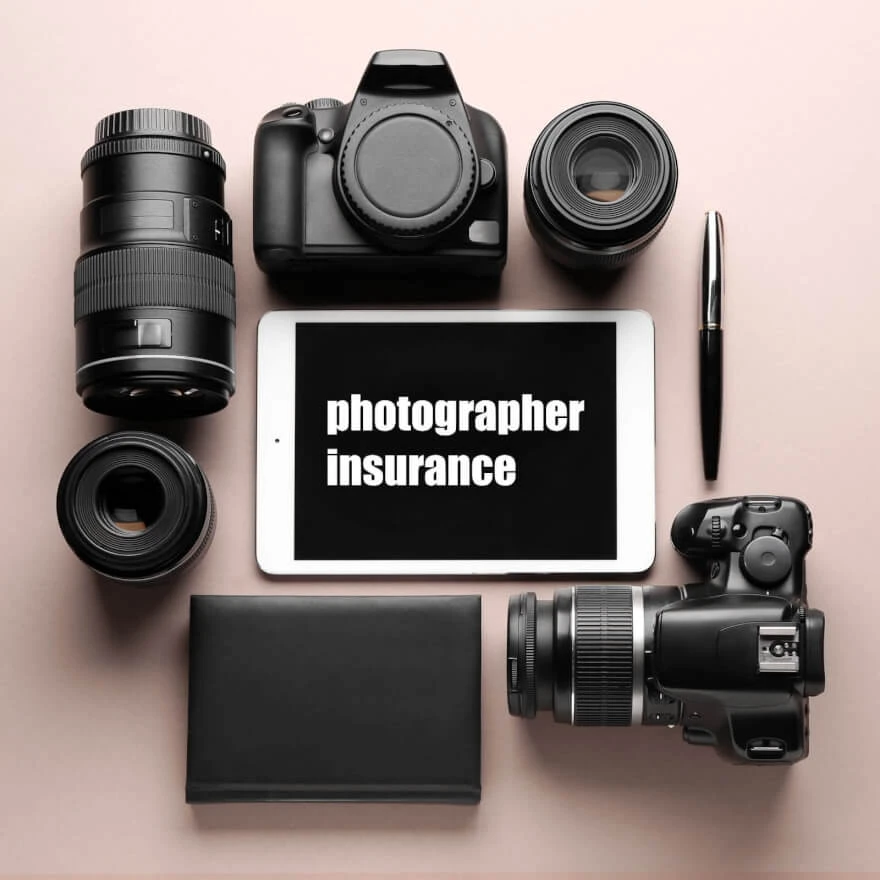Video storytelling: what is it?

- Video storytelling structure
- How to make storytelling video
- Intro
- Arrival
- Challenge
- The goal
- Soundtrack and montage
- Video storytelling techniques: The rule of thirds
- How to make a digital storytelling video
We often tell stories. Stories from life or work that we share with friends, or stories as a method in education, a technique in marketing, literature, and cinema. If you ask a passerby on the street what kind of information he will perceive better, text, audio, or video, you will hear the third option in the overwhelming majority of cases. Proper visualization allows you to convey important information with more accuracy than analogs. This is mainly due to the fact that a person has a meager reserve of patience and attention. The ability to hold this attention distinguishes a good storyteller from a bad one. Today we will discuss such a storytelling direction as video storytelling, its basic principles, and how to become a successful storyteller by means of video.
What is storytelling? You have probably watched performances of famous people like Steve Jobs or Martin Luther King, TED talks, and stand-up shows at least once. And you have probably noticed how stories, metaphors, and examples help speakers hold their audience's attention. A story, unlike a normal text, evokes more emotion in your audience, as far as public speaking is concerned, it comes through applause, laughter, and other ways of expressing emotion. Without a story, that is hard to achieve. Through storytelling, we help our audiences come to conclusions, so we can make a sale or deliver an important message. Storytelling is well described in a cinematic masterpiece such as Inception, in which characters planted an idea in the mind of a sleeper in order to push him or her to make certain decisions.

Video storytelling structure
What should be a good story? It is not an easy question to give a simple answer, to because if such a simple answer existed, every artist, writer and director would be able to create masterpieces every day using special algorithms, but this is not the case. But there are certain techniques and principles of story construction, based on the experience of writers, screenwriters, advertisers, and public speakers, that help make a story interesting.
Regardless of how you want to deliver information to your audience, whether it's audio, video or text, here are some basic principles of storytelling:
- Plot/Idea
- Purpose
- Challenge
- Outcome

Let us examine each of these points in the context of video storytelling.
The plot is the main point of the story that reveals the content of your narrative. In other words, it is the story you want to tell in your video. This is where it is important to consider the interests of your audience. The story should be based on strong and emotional ideas. For the story to be strong, it must be understandable, close, and relevant to your audience. For example, if your content is about traveling or hiking, you could make a video about you and your friend going to the countryside and climbing a high hill and what happened to you during that adventure.
Purpose - Every story should have a purpose, an idea that you want to convey to your audience. In the example above it is very simple, our goal is to get up the hill before the sun goes down. The goal allows your audience to empathize with you in the process, as we are limited in time. This is how we smoothly approach the challenge.
Challenges are those obstacles that take you one way or another away from your goal, which creates intrigue and increases the degree of audience interest in what is happening on the screen, it increases the power of your idea. After all, it would be quite silly to shoot just three frames about how you left the house, walked along the path, and made it to the top of the hill just in time. For a story to be interesting to read, watch or listen to, it is important that it is as moving as possible for your audience, so any obstacles in the way that keep you from your goal will make your audience empathize with you and watch with interest as you overcome those obstacles.
Outcome or the bottom line is what it is all about, or in other words, the climax. Here we are on the mountain, and now what? Now, you have an incredible view of the beautiful city at sunset, that is why we wanted to get to the top before sunset, to capture this wonderful romanticism of the city before the night falls.
By following these simple principles of building a good story, we allow our audience to identify with the narrator, literally walking with them all the way through the video.
How to make storytelling video
Following the basics of storytelling, all we have to do now is put it all into practice, armed with a camera, drones, and a video editor and video storytelling techniques. But let us go over everything in order. Following the rules of storytelling mentioned above, we need to depict our story with an introduction, a plot, a problem, and a climax.
Intro

Let us start with the intro and take all four basic concepts into consideration in the example of our story of hiking in the mountains with a friend before the sunset.
As a starter, take quick shots of you getting ready to hike from waking up to meeting your friend and shaking hands. At this stage it is important to shoot as many different shots as possible and the material as a whole, which we will then work with on the editing soft. Therefore, take short shots of various events, imagining in your head how it would look in the final video. Having an idea of your future video will be much easier to shoot the whole material exactly as you imagine it, so imagination and inspiration is the key to success. You can do intros with a selfie camera to create an immersive effect, or you can go further and do a POV shot of your face or chest. To do this, you need to figure out how to attach your phone to your body to create this interesting effect.
Arrival

After you have gone to conquer your summit, take a close-up at the bottom. Drones are very good at this, as they are more affordable these days, and you can find very budget-friendly options on the market for stunning broad plans.
Have the drone fly over and show the path ahead of you or follow you on your way, it is up to you. Take some background shots as you go along, and do not forget that it is just as important to capture all the obstacles in our path as it is to follow the concept of the Challenge in our story.
Challenge

When you encounter difficulties along the way, be it impassable terrain or just resting along the way while shooting rain that reached you out, switch to your main camera and record those moments for the appropriate section.
The goal

When you reach the top, launch the drone again and get a close-up of your journey and the city in the background at sunset.
Soundtrack and montage

When editing a video, do not forget that sound is a very important part of any video. When talking about sound, we are talking more about the soundtrack. Choose musical compositions that are good at highlighting specific moments of your journey. Usually, 4 different soundtracks are enough, one dynamic for the start and intro, one that adds atmosphere to the challenges along the way, one for the backgrounds - some epic music, and one for the end and goal.
Make sure to cut the parts that slow down your plot development to make a video more dynamic and minimalist.
Video storytelling techniques: The rule of thirds

Framing is probably the most important technique for storytelling videos.
Putting your subject into the right place in the scene would make a huge difference in how your audience perceives it.
There is a rule of thirds that says placing your subject on the cross-section of the grid line would make the overall image look better. Also, take into consideration the leading line that will lead your viewer’s eyes to the main subject in the frame. To learn more about the rule of thirds and leading lines, you can read this article.
How to make a digital storytelling video
What is digital storytelling? It is a form of visual storytelling video using a variety of multimedia tools such as photography, soundtrack, voice-over, video footage, and subtitles. Digital storytelling is the result of combining different media elements into a coherent story. These types of presentations are usually short but attractive, and that is the main difference between digital and video storytelling. Digital storytelling videos are commonly made for educational purposes as it stimulates the imagination and easy to deliver the main plot to the audience. Here are 4 digital video storytelling tips:
Write your story.

Everyone has a story to tell. Once you have chosen yours, the first thing you need to do is to visualize it or script it. Script it like as if you would tell it to your friend. Writing your story will help you identify the different characters, emotions, places, and messages in your story.
Create a storyboard.

The storyboard helps you make a plan and define all the elements of your story, such as graphics, photos, video, and audio. If you are planning on capturing your own footage, the storyboard is key. Draw simple sketches and make notes as you read your script out loud and start imagining your visual elements.
Research and gather elements

Now that you have a plan, start gathering all the pieces of your story. Use what you have on hand or better yet capture your own footage with the webcam, a camera, or even a camera phone.
Build your story

Now it is time to put it all together. Start by adding your voice-over and then add your photos and videos. Rhythm is key, so watch your story a few times and remove any long spaces or elements that seem to slow the plot. When you have made good progress, share it with someone else and let them evaluate it. Considering gotten feedback, you can make adjustments.
Co-founder of RetouchMe. In addition to business, he is passionate about travel photography and videography. His photos can be viewed on Instagram (over 1 million followers), and his films can be found on his YouTube channel.
Moreover, his profile is featured on the most popular and authoritative resource in the film industry — IMDb. He has received 51 international awards and 18 nominations at film festivals worldwide.

with RetouchMe














